![]() December 1, 2023
December 1, 2023
![]() 588
588
![]() 0
0
Landforms are the different shapes and features on the Earth’s surface, and they change over time because of things like water, wind and other natural forces, creating a constantly evolving landscape.
In this chapter, we will study different landforms and geographical agents, including Landform Formation by Water, which play a major role in shaping the Earth’s surface
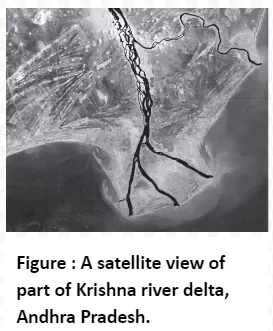
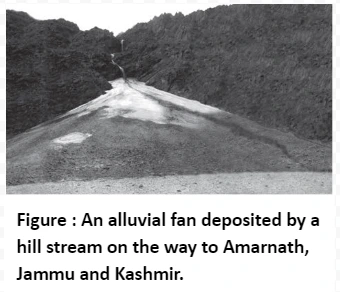
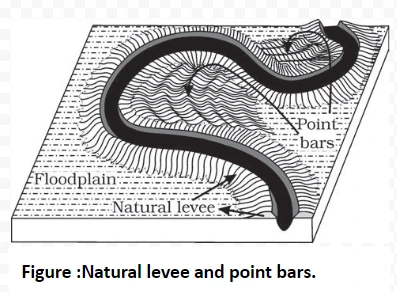

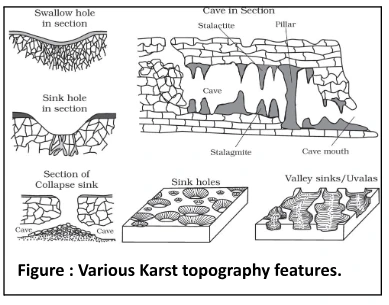
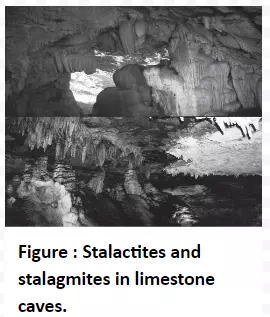
The Earth’s surface undergoes constant transformation through erosion and deposition processes, shaping a variety of landforms. From the formation of alluvial fans to the intricate features within limestone terrains, the interplay of natural forces continuously sculpts our landscapes.
<div class="new-fform">
</div>

Latest Comments